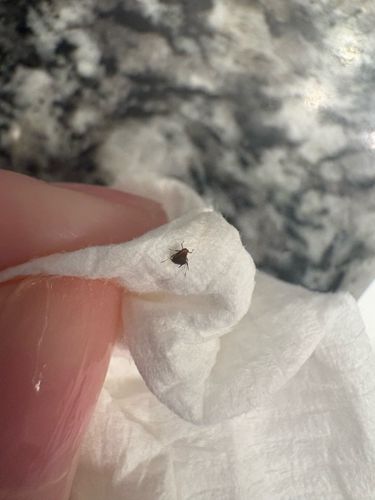Aphid
Scientific Name: Aphidoidea (Superfamily)
Order & Family: Hemiptera, Aphididae
Size: 1 - 10 mm, typically 2-3 mm.

Natural Habitat
Found on various plants, especially on new growth, stems, and undersides of leaves. Can be found in gardens, agricultural fields, greenhouses, and indoor plants.
Diet & Feeding
Aphids are sap-sucking insects. They feed on plant sap using their piercing-sucking mouthparts, extracting nutrients from the phloem of plants.
Behavior Patterns
Aphids reproduce rapidly, often through parthenogenesis (asexual reproduction), leading to large colonies. They can be winged or wingless, with winged forms dispersing to new plants. Many species produce honeydew, a sugary waste product. Some species have symbiotic relationships with ants, where ants protect aphids in exchange for honeydew.
Risks & Benefits
Risks: Aphids are significant agricultural and garden pests, causing damage by direct feeding (stunting growth, deforming leaves), transmitting plant viruses, and promoting sooty mold growth due to honeydew. Benefits: None for humans directly, but some species can be a food source for natural predators like ladybugs and lacewings, which are beneficial for pest control.
Identified on: 10/19/2025